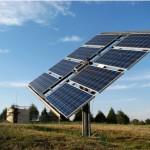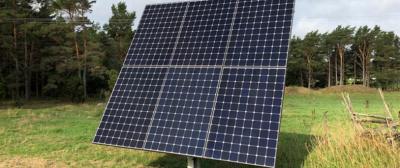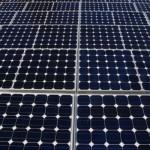What is a Solar Panel Tracking System?
 A solar panel tracking system is made up of anarraymounted on a mechanical moving frame which allows the panels to follow the sun as it moves position across the sky, capturing an optimum amount of energy. Whilst solar trackers can increase the amount of electricity a system is able to produce, they are costly to make and because of this they tend to be found in larger scale solar installations rather than domestic.
A solar panel tracking system is made up of anarraymounted on a mechanical moving frame which allows the panels to follow the sun as it moves position across the sky, capturing an optimum amount of energy. Whilst solar trackers can increase the amount of electricity a system is able to produce, they are costly to make and because of this they tend to be found in larger scale solar installations rather than domestic.
Get FREE Solar Quotes
Types of Solar Trackers
There are two main types of solar tracker, single axis and dual axis.
Single axis solar trackers
Single axis systems follow the sun on its path from East to West across the sky. They are the cheaper of the two tracking system types as they only use one axis to rotate and are also less prone to breaking down for this reason. It is estimated that a single axis tracker can increase yield by up to 34%.
Dual axis solar trackers
Dual axis systems follow the sun wherever it moves in the sky, adjust to both its movement from East to West and also height in the sky. This kind of tracker costs more than single axis, however it is more effective in regions where the suns height and arc has greater variation through the year. Testing on dual axis trackers has shown that they can increase solar yield by up to 37%.
Are Solar Tracking Systems Reliable?
Solar tracking systems are mechanical devices with moving parts, because of this there is a chance they could get stuck in one position or suffer another kind of malfunction. If the array gets stuck at an extreme position the system could see a great reduction in output until it is fixed. Dual axis solar trackers tend to encounter more problems as they are more complex in design.
Advantages
- Can significantly boost the output of a solar array
- Allow you to use solar electricity for more hours of a day
Disadvantages
- Expensive product that adds to the cost of a solar system
- Requires maintenance and likely replacement parts
- More vulnerable to elemental damage that standard ground or roof mounted arrays














